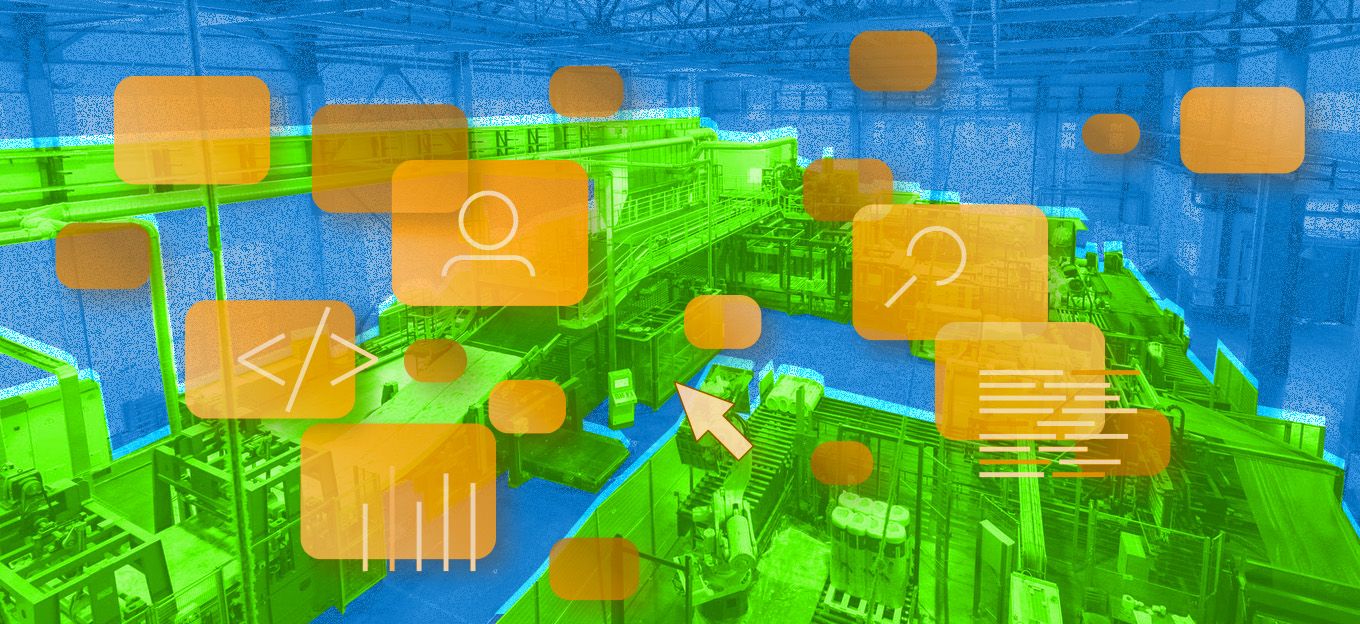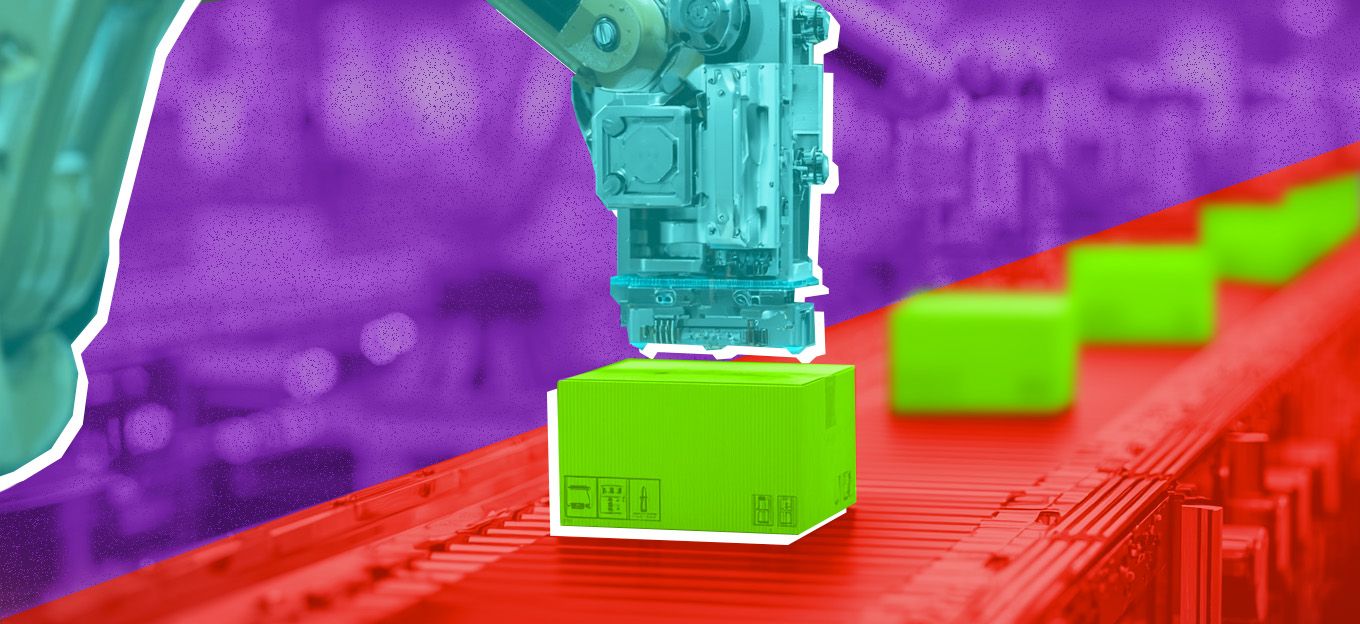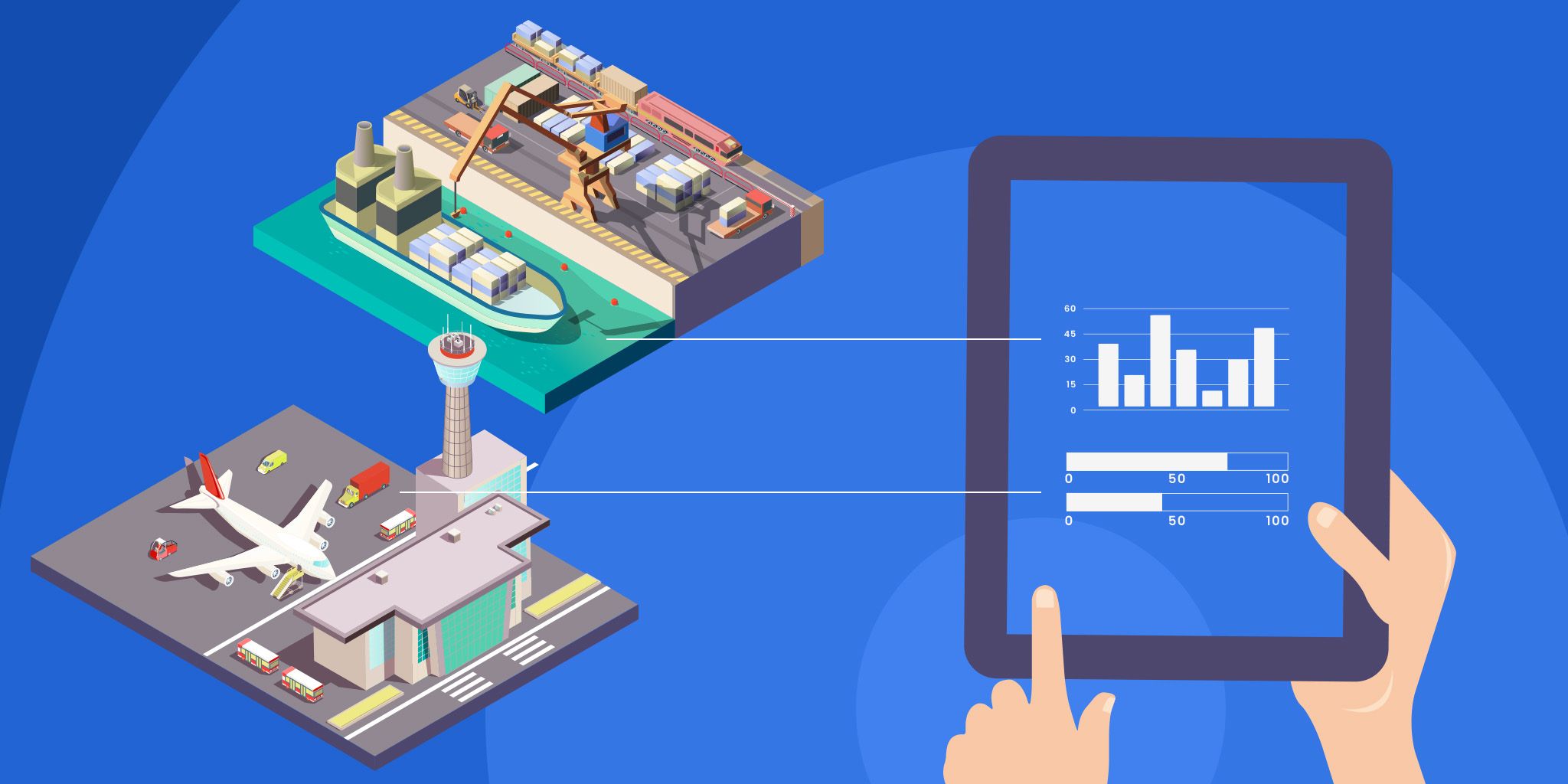Enabling Industrial AI Through Time-Series Data and Knowledge Graphs
Enabling Industrial AI Through Time-Series Data and Knowledge Graphs
- Last Updated: October 14, 2025
TDengine
- Last Updated: October 14, 2025



In Austria, a Tier-1 automotive supplier specializing in aluminum high-pressure die-casting set out to modernize its production environment. With 33 die-casting machines operating around the clock, the company faced challenges in maintaining consistent quality, minimizing downtime, and ensuring that hard-earned process knowledge could be passed on efficiently. To address these issues, a collaborative research initiative was launched, combining industrial expertise with advanced data technologies. The project’s foundation was built on time-series data management, knowledge graphs, and real-time analytics.
The Challenge
Before the initiative, much of the company’s quality control relied on manual processes. Defect information was logged on paper, inspection reports were fragmented across different systems, and critical expertise remained concentrated in a few experienced individuals. When defects reached customers, reconstructing the cause required combing through siloed systems and incomplete records, making root-cause analysis slow and unreliable.
The company needed a way to centralize and contextualize production data while ensuring that knowledge could be preserved and shared more widely. In addition to reducing reliance on manual checks, the goal was to enable real-time detection of anomalies and to empower operators with actionable insights at the machine level.
The Solution
The new system introduced a layered architecture that brought together both process data and contextual information. High-frequency sensor readings — over 1,100 signals per machine, sampled at up to 2.5 kHz — were captured in a time-series database designed for efficient storage and fast queries. Alongside this, structured information such as inspection reports, material identifiers, and shift data was managed in a relational system.
To unify these two types of data, the project employed a virtualization layer that created a single knowledge graph spanning both time-series and relational databases. This knowledge graph defined relationships between sensor readings, machine configurations, and production outcomes, making it possible to query across systems without duplicating data. Middleware components ensured smooth integration with existing standards like OPC UA and REST APIs, allowing the solution to fit into the broader manufacturing IT landscape.
Real-World Impact
The introduction of this integrated platform led to several tangible improvements on the shop floor. By monitoring pressure curves in real time, operators could spot anomalies such as leaking valves at an early stage, preventing defects before they spread across production runs. Known defect types were systematically linked to specific process parameters — for example, variations in piston velocity — which made it possible to connect sensor data directly with common fault patterns.
For traceability, each produced part was associated with a detailed digital history, including sub-second timestamped process data. This allowed engineers to reconstruct the complete lifecycle of a part, from injection to inspection, providing transparency for both internal teams and external stakeholders. When anomalies did occur, the system went beyond simply flagging them: it suggested corrective actions, such as adjusting mold temperature or cooling cycles, based on codified expert knowledge. This feature reduced reliance on individual specialists and helped less experienced operators respond effectively.
Value Delivered and Future Outlook
By moving from manual inspections and disconnected systems to a unified, real-time platform, the company significantly improved both its quality control and operational efficiency. Defects can now be detected earlier, traced more reliably, and resolved with guidance that captures the expertise of senior engineers. Equally important, the system ensures that critical knowledge is preserved and made accessible, reducing the risks associated with personnel changes or skill gaps.
Looking ahead, the plan is to roll out the recommendation system across all production machines, expand the knowledge graph to cover additional domains, and integrate new types of data such as maintenance logs and technical documentation. This expansion will not only strengthen defect prevention and traceability but also lay the groundwork for broader applications of industrial AI in production optimization and decision support.
The Most Comprehensive IoT Newsletter for Enterprises
Showcasing the highest-quality content, resources, news, and insights from the world of the Internet of Things. Subscribe to remain informed and up-to-date.
New Podcast Episode

What is Hybrid Connectivity for IoT?
Related Articles




